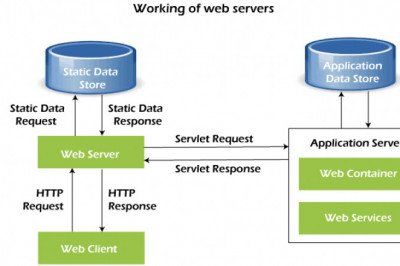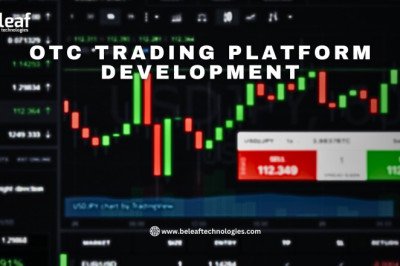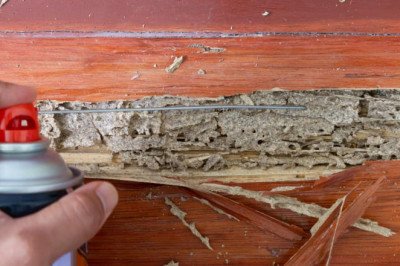
views
The Global carbon negative concrete market is projected to grow at a CAGR of 52.9% over the next ten years. The key drivers of the carbon negative concrete are; stringent greenhouse gas (GHG) emissions targets across the globe, growing Initiatives to reduce emissions across the industry supply chain, and large scale Investment by industry stakeholders in R&D and technological advancements.
Cement manufacture is one of the major contributors of carbon dioxide in the atmosphere, accounting for up to 8% of worldwide emissions, according to the study by the Netherlands Environmental Assessment Agency. To bring the cement sector in line with the Paris Agreement on climate change, its annual emissions will need to fall by at least 16 per cent by 2030. However, with growing urbanization, the demand for housing and other infrastructure projects would rise over the coming years and material as versatile as concrete is yet to be discovered. The key stakeholders are continuously looking for more environmentally friendly solutions which can help build for the future with sustainability. More and more efforts are being put by governments, market players, and manufacturers for the green construction initiative.
One of the major challenge faced by that the industry is that there is a very little short-term economic motivation to make changes in the absence of a robust carbon-pricing signal. Alternative materials are frequently unavailable at the required scale. Architects, engineers, contractors, and clients, on the other hand, are understandably wary of new building materials. More information about the possibilities for scalable, sustainable alternatives to traditional carbon-intensive cement and concrete is needed for decision-makers.












Comments
0 comment